Helping our Bodies Restore During Challenging Times
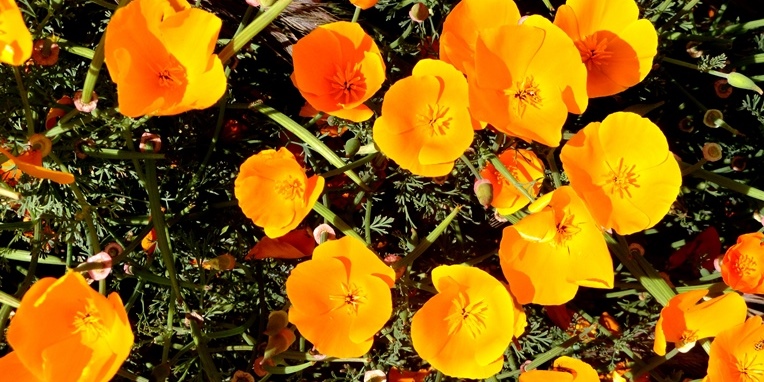
Our physical body is our vessel on this earth. Please take time to rest, digest and restore. Challenging times require that we pause to find the best way to release trauma off our bodies so we can fight dis-ease. Restorative poses help us ground and reconnect to a sense of deep well-being and complete balance.
CLASSIC RESTORATIVE POSES:
Practice 1: Reclined Cobbler’s Pose with a Heart-Opener or Flat on your Back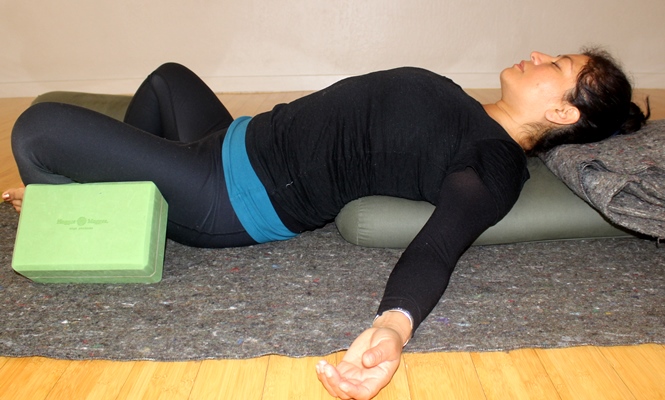
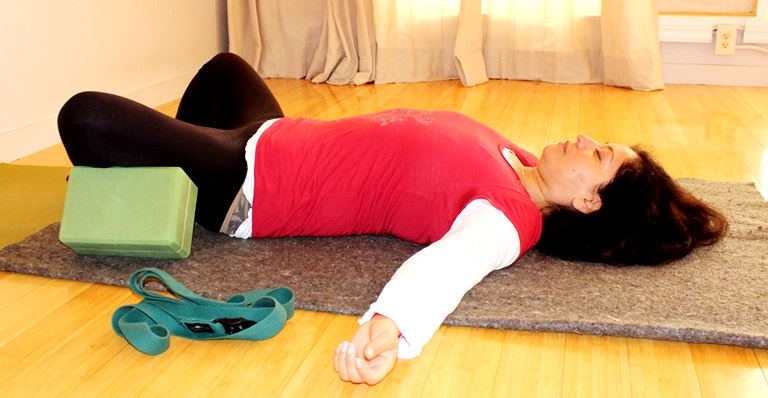
It helps us open the chest, expand the heart (energetically), release your lower back, and open the groins and hips. As you settle into the pose, you may place a piece of soft cloth over your eyes to allow for a deeper relaxation. You can use a bolster to support your spine, or one or two folded blankets, instead. This depends on how your lower back feels. If the bolster feels too much for your lower back (pain, pinch, etc), get rid of the bolster and use a folded blanket to lower the height. You may also skip the bolster or blanket (see second figure)
With sit bones on the floor, lean back letting your forearms support you. Use your hands to spread the back of your pelvis; release buttocks away from your middle back. Adjust your torso on the bolster or blanket. Draw shoulder blades down your back so you flatten your upper back. From the shoulder joints, turn your arms so your inner arms and palms face the sky. Rest and digest. Breathe and soften with every exhalation.
You may use an essential oil to help you relax.
Practice 2: Viparita Karani, or Legs Up the Wall, with A Bolster
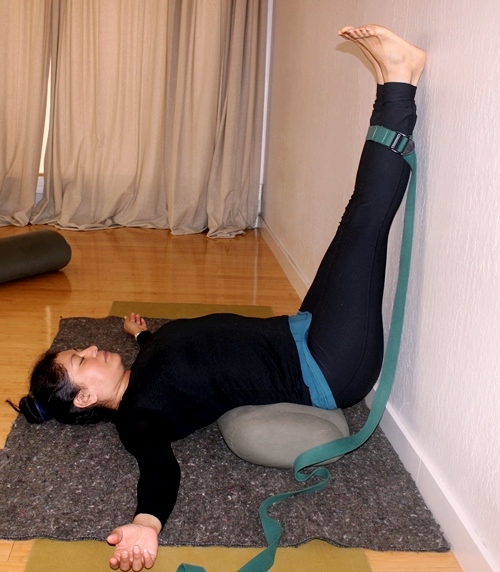
This pose helps release tired legs and it is excellent to start inducing the Parasympathetic system, the system in charge of rest and digest.
Sit on a bolster, either the left or right side of your hip should be close to a wall. You may or may not use a belt to hold your legs together. Begin to bring the legs up, carefully, until your legs are upright and you feel fully supported by the wall. Adjust your pelvis, so that the tailbone releases and you feel the hip points moving away from your chest (Do not over tuck tailbone). Your sit bones may and may not touch the wall. Adjust you body so you feel comfortable. You can also do this without the bolster, and only legs up the wall (see figure below) Either way, make sure you do not over tuck your tailbone. You should feel the tailbone releasing down, towards the floor.
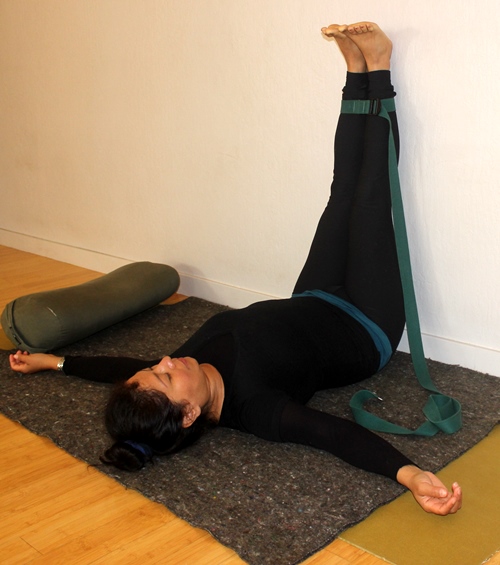
From the shoulder joints, roll your arms so the inner arms and palms face the sky. Open your arms wide or a bit away from your body. You may also rest your hands on your belly to feel your belly breathing. Rest and let go. Focus on your gently breathing and body sensations. Stay for as long as you’d like to. You may use an essential oil to help you relax.
Practice 3: A Short Urban Zen Practice
Urban Zen Practices bring us back to our body sensations and to full connection with ourselves. This practice is about resting and restoring deeply, from the inside out. You may try some gentle movement first, before settling into a restful pose. Throughout the practice, you may also use aromatherapy and a light piece of cloth to cover your eyes, if you wish to block the light. Someone can read the READING section to you (below), slowly, pausing in between sentences. They should read this with a soft voice and with much love to help you relax and fully surrender.
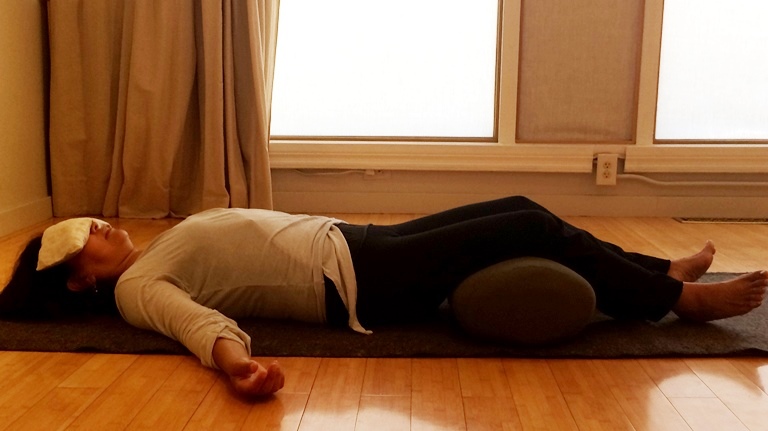
Settle into your Constructive Rest Pose
Lie down flat on you back. Place a rolled up blanket, a pillow, or a bolster under your knees. This practice is about making a deep connection with the earth and our bodies. The intention is to help you balance your inner and outer bodies so that you can relax, strengthen your immune system, sleep better and wake up fully rested and restored. The first step towards reclaiming our body is acknowledging that we have a body and learning to listen to one’s own intuitive voice. This awareness and deep connection with one’s self, begins to develop our inner wisdom and a well spring of well-being and ability to feel, be, and embody our physical being. We also begin to listen to our bodies and make better self-care choices.
READING:
Take a few minutes to feel your body completely supported. Notice your gentle breathing. Begin to quiet the mind and let your body soften.
As you lie flat on your back, letting the earth support you, notice what is going on in your physical body. Is there any tightness or physical pain? Where do you feel the tightness and physical pain?
Notice the emotional body; how do you feel? Do you feel sad? Happy? Excited? or don’t know how you feel? Notice any emotions that come to you, without judgements.
Bring awareness to your breath. Is it deep? Is it stuck in the throat? The chest? Notice the quality of your breath without judgement. Bring your attention to your belly. Can you bring you breath to your belly, breathing a little bit deeper than you ordinarily do. Notice if the belly feels tight. Do not push the breath; allow it to gradually wake up and deepen so that your breath becomes a tool to cleanse, move energy, and awaken a sense of deep relaxation. Let the belly raise and fall until it feels like water: heavy and soft, and it feels like a massage to your belly. Allow your body to receive the breath and to become fully supported. There is a sense of both: lightness and heaviness of your body.
Bring awareness to your feet, notice the sensation. Notice your toes, your ankles.
Move your awareness to your knees, and upper legs. Bring your attention back to your belly, to the breath. Then, notice your ribs, the space across your chest; notice your shoulders. Notice the length of your arms; notice the length of your right arm; notice the length of your left arm. Feel both arms. Become aware of your neck, the front, the back of your neck.
Become aware of your face. Notice the space across your forehead, the center of your eyebrows. Feel your eyes; notice the skin around your eyes. Notice your nose, lips, jaw, ears, chin. Feel the weight of your head and notice the back of your head gently pressing against your mat.
Notice your entire body: from the soles of your feet, all the way up through the crown of your head. Feel the front and the back of your body. Feel the back body becoming the container for the front of your body to fully release and soften. Feel your body becoming fully supported and cradled by the earth.
Bring your awareness back to your breath and focus now on the exhalations. Let the exhalation gradually become longer and cultivate a deeper sense of release and letting go. Take your time to exhale, really enjoying the exhalation. You may even notice the space after the exhalation; consciously, if it’s easy to you, pause after the exhalation, notice the stillness, the quiet, the space, then inhale again, and feel the sense of gentle expansion. Keep cultivating the exhalation and a sense of ease, pleasure, letting go, releasing, until you feel only energy and breath. Rest here for as long as you need to.
Short Meditation: Working with Breath and Visualization
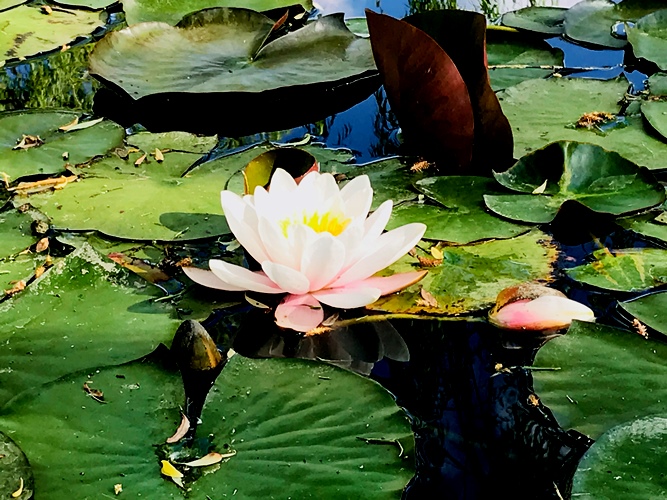
Find a comfortable place to sit. Close your eyes and allow your facial muscles to relax.
Create a mental picture of your favorite place on earth, or your happy place, a place where you feel 100% safe, secure, loved, and fully connected to your surroundings. This could be a place in nature, or at home, or surrounded by friends or family, your pets, and so on. You may also bring a special image or object that represents joy, strength, gratitude, comfort. These can be your inner resources that can help you feel better.
Stay with the image and/or the place you love and the energy this is evoking in your heart and mind.
Shift your attention to your breath. Breathe gently into your chest, the heart area. Notice your gently breathing and your heart. Does your heart feel tight? Gently allow your heart to energetically open with every inhalation. Feel a sense of expansion with your inhales, and a sense of gentle contraction with your exhales. Massage your heart gently with the breath until your heart begins to unwind. Be patient with yourself and do not push your breathing. Breathe in gently until your chest feels relaxed and expansive.
Move your breath to your belly. Is your belly tight? Does it feel restricted? Gently send the breath to your belly, massaging your belly with the breath. Let your belly gently expand and contract. Let it receive the breath with much love and compassion and let it slowly unwind, until your belly feels soft and heavy, like water. Stay with belly breathing. Come out of this meditation practice when you are ready. Opening your eyes gently and connecting to the external world gradually. Stay with your resources throughout the day.
Respiratory Support: Natural Essential Oils to Use in Your Diffuser:
Lavender (small few drop doses for children); Rosemary, Eucalyptus, Tee Tree, Peppermint. Use a few drops of these natural essential oils, used with water, can help us protect against respiratory illnesses. Talk to you healthcare provider, for more info.
Herbal Steam – An Ancient Practice: Put fresh eucalyptus herbs or other healing herbs you like, such as Mullein, Rosemary, Sage, Lavander, into a steam. Make a tent for one, or a few people, and sit under it (improvised Sauna). You can make a tent with blankets, placing them over the back of chairs or over your dining table, or just over your head/s, covering your entire body. My mother’s teachings still work! And now more than ever.
California Poppy or rose petals: Add them to your hot hot tub and enjoy a beautiful, soothing, relaxing bath. They have been used to treat insomnia and, in general, to soothe the nervous system. Consult your nearest herbalist for more info.
Last, but not least, drink plenty of healthy fluids and make teas that fight stress and heal digestive issues:
Chamomile: It soothes your nervous system and helps with digestive issue.
Passion Flower: It relieves stress and tension held in the physical body.
Echinacea, Osha, Elderberry, Reishi, mushroom blends: Great immune System Strengtheners.
For more info on the use of herbs during times of stress, please read: Herbal Support for Stress and Trauma, Part 1.
For more info on how Yoga can help heal our bodies, please read my blog: Yoga as a Powerful Tool to Heal Trauma
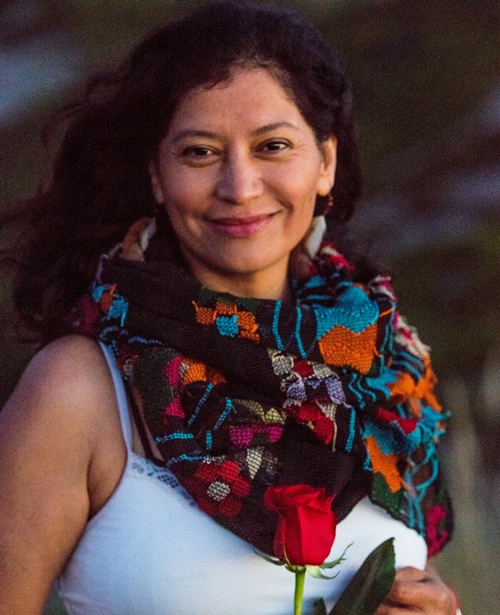
Lilia Roman is eRYT 500, Urban Zen Integrative Yoga Therapy, Chair Yoga, and iRest Yoga Nidra Level 1 certified. She teaches Yoga for People with Cancer, Yoga for people with trauma, and also teaches regular classes at MYoga, in Oakland, CA.
Please sign up HERE to receive her bimonthly Newsletter on healing practices, events, workshops, and retreats. For private or semi-private healing sessions, please contact her directly at: lirioroman@gmail.com
Photo by Vaschelle André, at Vaschelle André Divine Photography

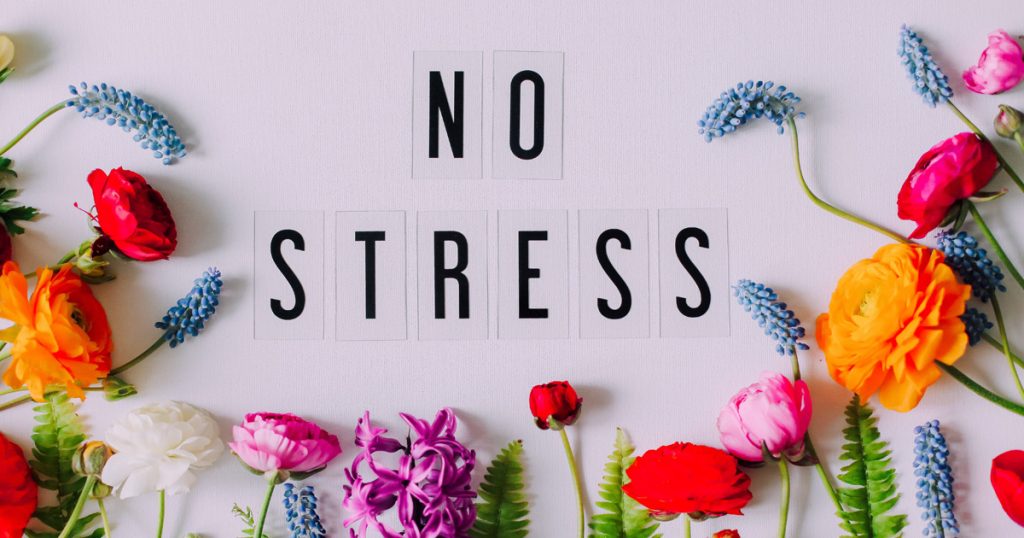
This is really interesting, You are a very skilled blogger.
I’ve joined your feed and look forward to seeking more of your great post.
Also, I’ve shared your website in my social networks!